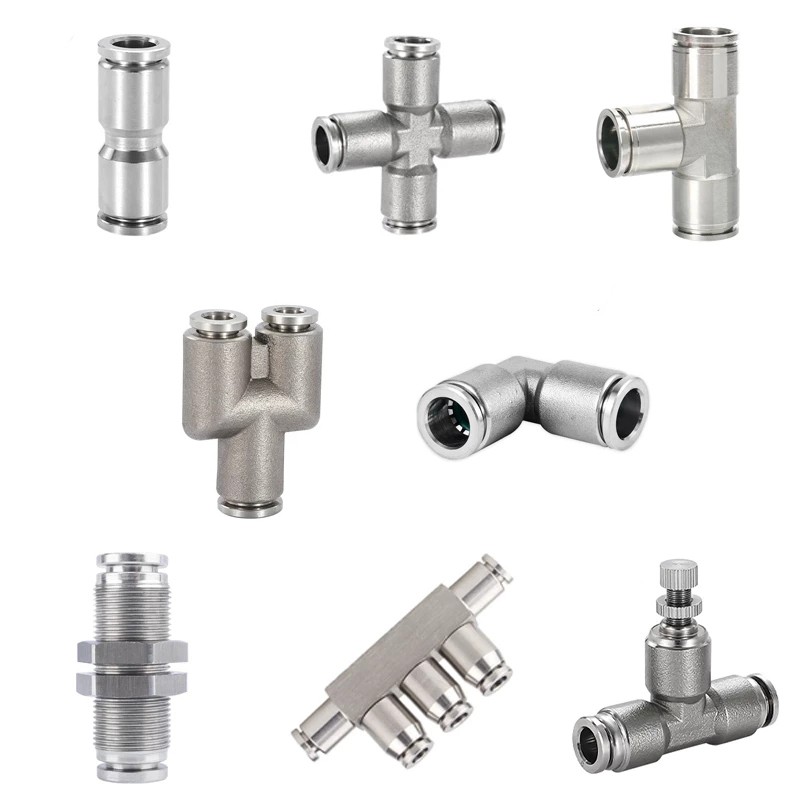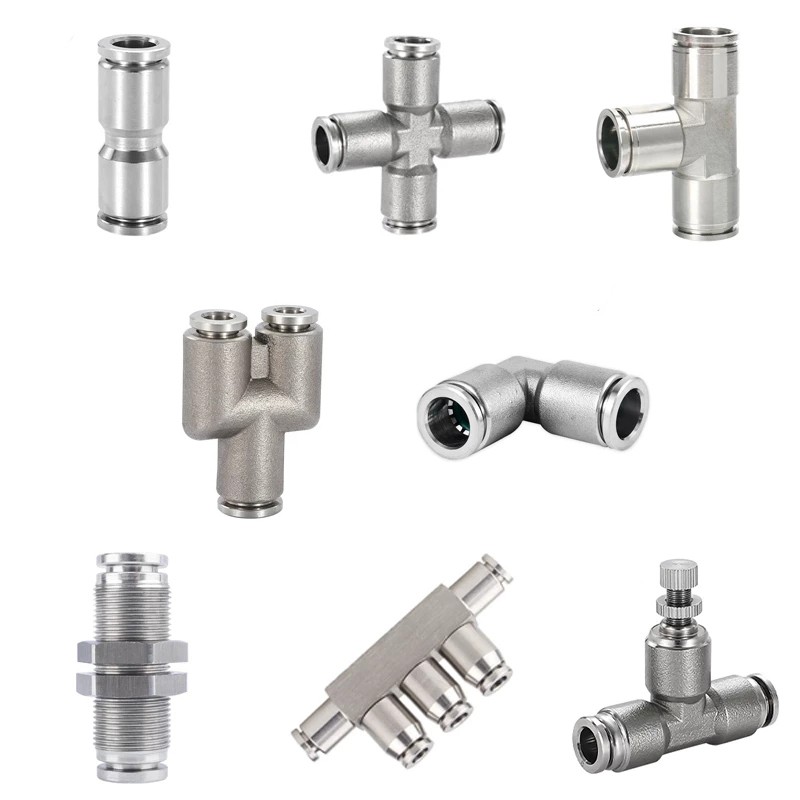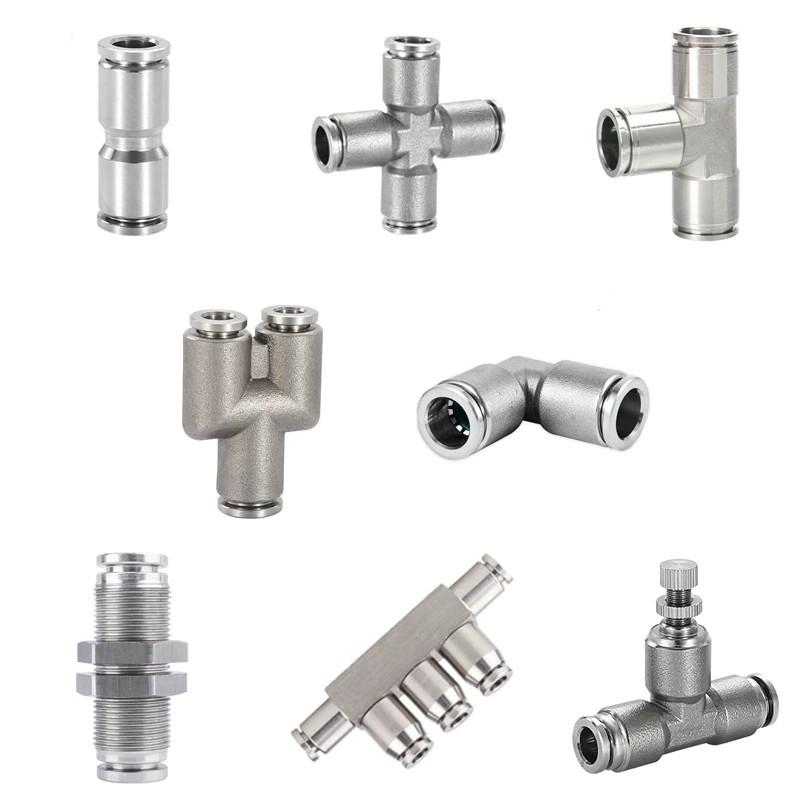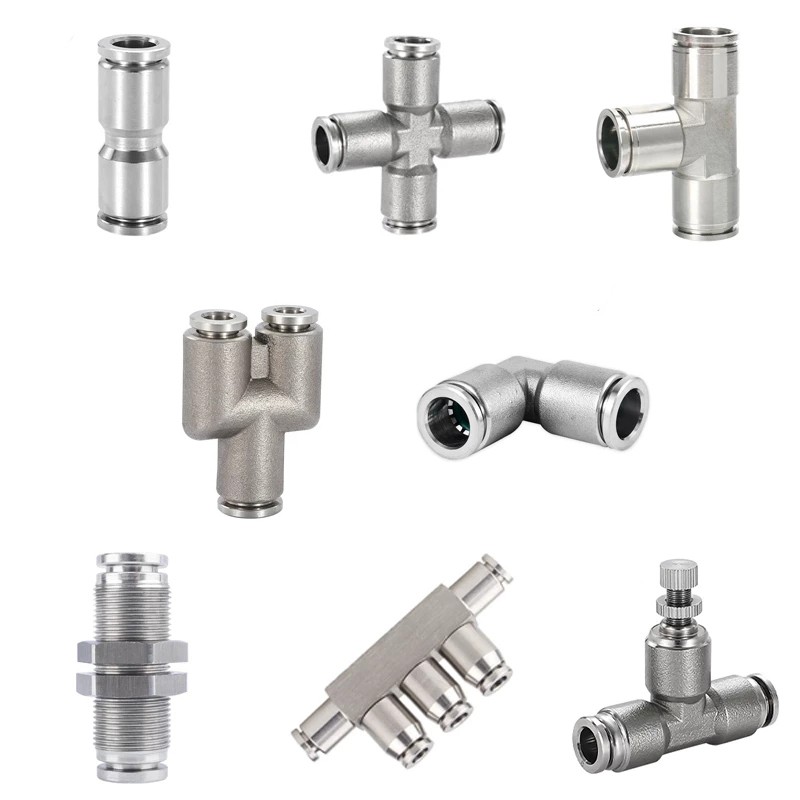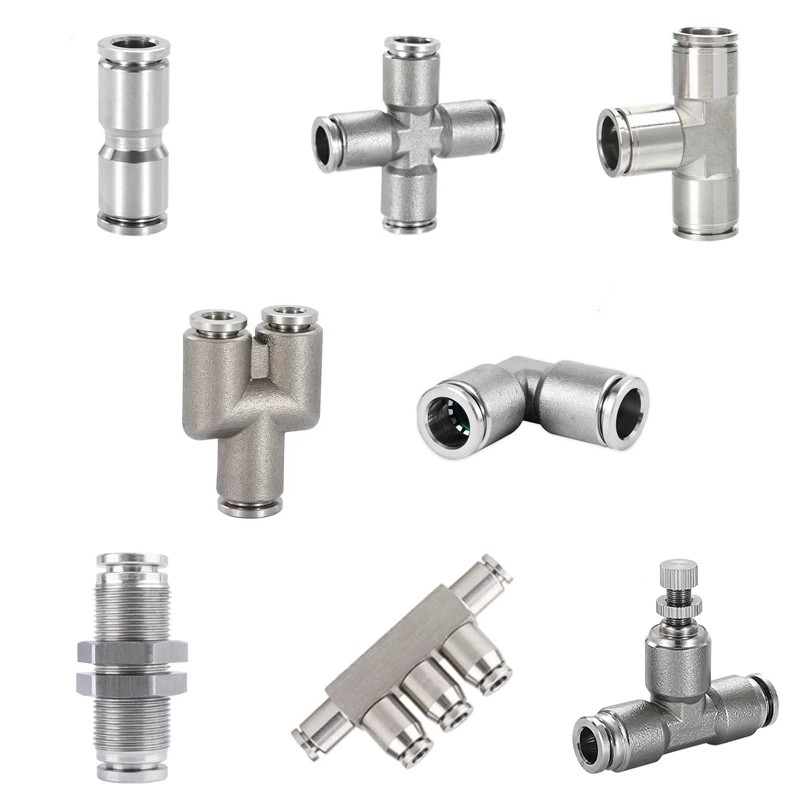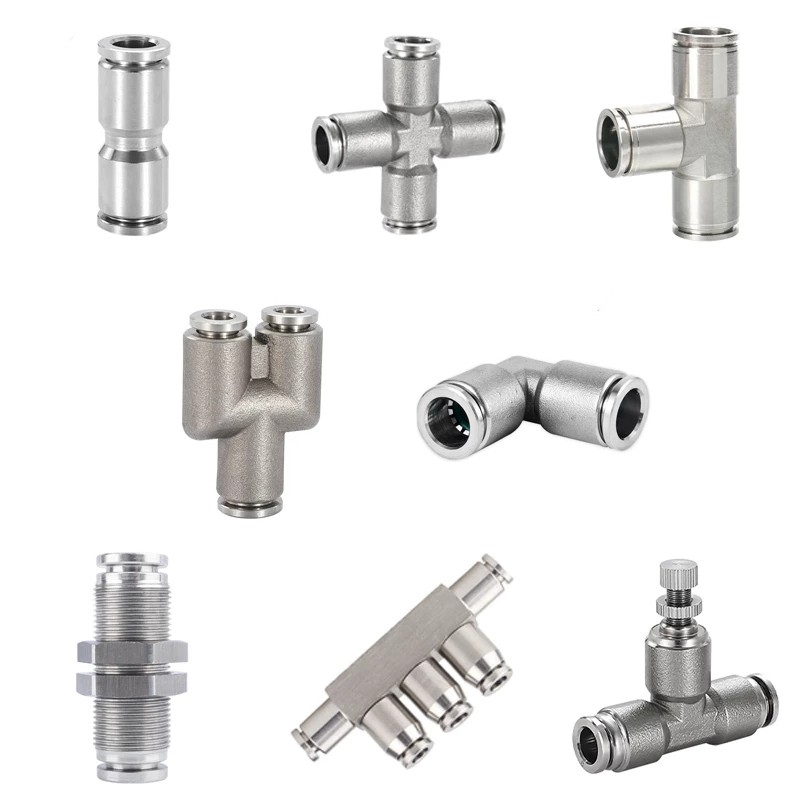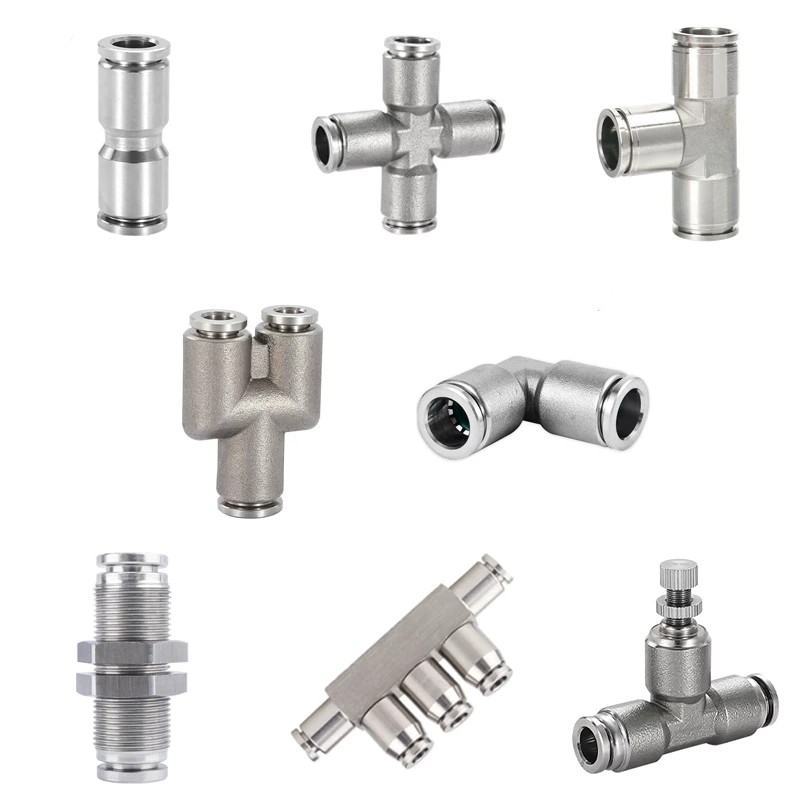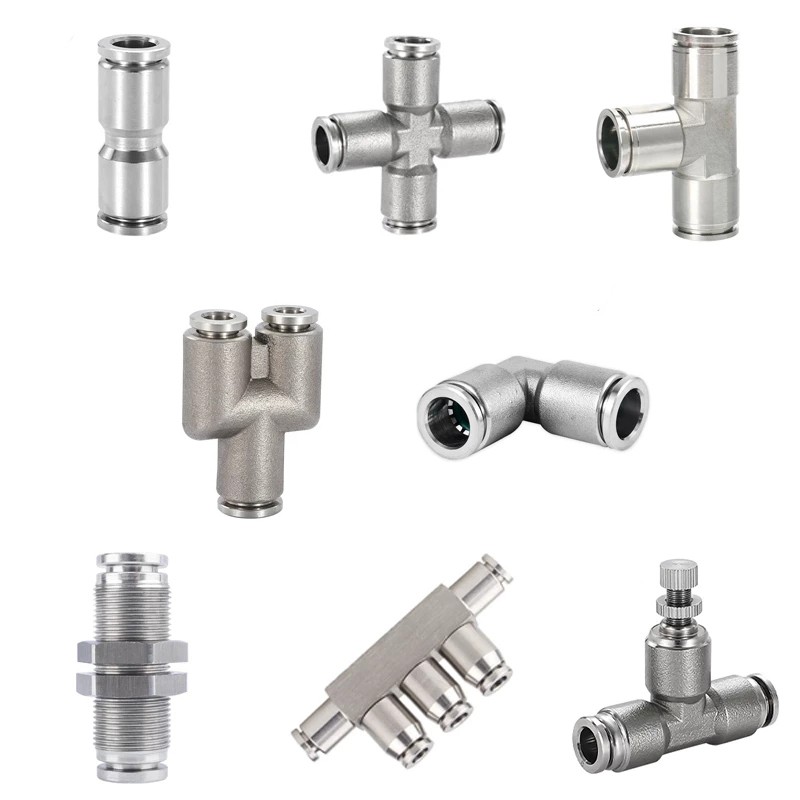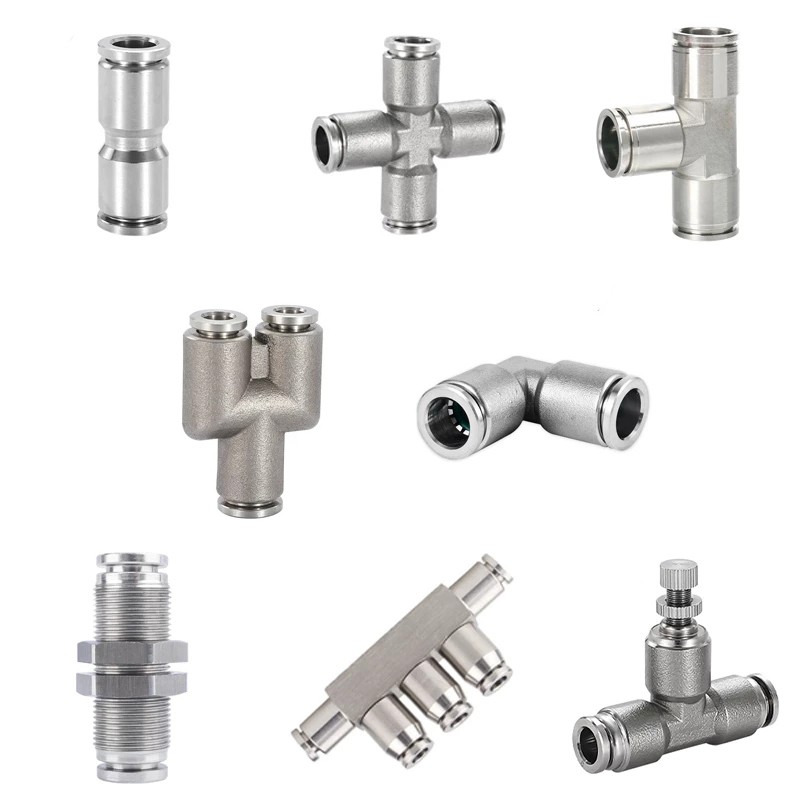Metal Connector
How to remove metal hose connector?
Step 1: Preparation is Key
First and foremost, arm yourself with the right tools. You'll typically need:
- Adjustable wrenches (two would be ideal, for reasons we'll get into shortly)
- Penetrating oil (like WD-40 or its kin), a true ally in combating the age-old adversary of rust
- Gloves to protect your hands, and perhaps safety glasses if you're feeling particularly cautious
Step 2: Apply Penetrating Oil
Spray the penetrating oil generously around the connection point of the metal hose connector. This magical concoction will seep into the crevices, loosening the grip of rust and corrosion that time has forged. Allow it to sit for a few minutes—or longer, if the connection has seen many a season pass.
Step 3: Wrench Warfare
This is where the two adjustable wrenches come into play. Adjust one wrench to fit the connector's base (the part attached to the fixture or hose) and the other to grip the rotating nut of the connector. The idea is to hold the base steady with one wrench while you turn the nut counterclockwise with the other. This dual-wrench technique prevents undue stress on the hose or fixture by ensuring you're only twisting where you're supposed to.
Step 4: The Twist of Fate
With your wrenches in position, apply steady pressure to turn the connector nut counterclockwise. If resistance is met, a bit of extra muscle may be required—but beware the siren's call of brute force, for it can lead to damaged equipment or personal injury. If the connector remains defiant, apply more penetrating oil and allow it to work its magic a bit longer.
Step 5: Victory and Beyond
Once loosened, you can usually unscrew the connector by hand. Remove it gently, inspect the threads on both the connector and the attachment point for damage, and consider applying thread tape (for threaded connections) or replacing any worn-out parts before reassembly.
How to use non metallic push in connector?
Step 1: The Gathering of Tools and Materials
Before we set sail, ensure you have all necessary supplies at the ready. For this endeavor, you will need:
- Non-metallic push-in connector suitable for the wire gauge and number of conductors you're working with.
- Wire strippers to gracefully remove the insulation, revealing the conductive soul of your wires.
- Cable cutter for a clean and precise cut, should the need arise to trim your wires to a more manageable length.
- Electrical tape (optional) for an added layer of safety and professionalism.
- The wires themselves, yearning for connection.
Step 2: Preparing the Wires
With the grace of a seasoned chef preparing ingredients, strip the end of each wire to expose the recommended length of conductor (typically about 1/2 inch, but defer to your connector’s instructions). Ensure the cut is clean and the wire is not damaged in the process.
Step 3: The Art of Insertion
Now, take the stripped end of your wire and introduce it to the opening of the push-in connector. This is where the magic happens. Push the wire firmly into the connector until it meets resistance, signifying a secure embrace. For connectors accommodating multiple wires, repeat this process for each conductor, ensuring each finds its rightful place within the connector's chamber.
Step 4: Ensuring a Secure Connection
After all wires have been introduced to their new home, give each a gentle tug. This is not a test of strength, but a delicate inquiry into the security of their connection. A properly seated wire will resist your advances, signifying a bond that is both electrical and emotional.
Step 5: Final Touches and Considerations
With the wires securely in place, you may wish to wrap the connector and a portion of the wires with electrical tape, providing additional support and protection. This, however, is a matter of preference and is often dictated by the environment in which the connector will reside.
Step 6: The Path Forward
Congratulations, you have successfully navigated the intricacies of the non-metallic push-in connector. As you bask in the glow of accomplishment, remember that the true essence of this journey lies not in the destination but in the connections made along the way.
Can i use a metal connector on a pvc box?
-
Compatibility and Codes: First and foremost, ensure that the metal connector is compatible with the PVC box. This isn't just about physical fit but also about adherence to local electrical codes and standards. The National Electrical Code (NEC) and local regulations are the sacred texts that guide these decisions, ensuring safety and functionality are not compromised.
-
Grounding Considerations: Metal connectors, by their conductive nature, introduce a grounding consideration. If you're using a metal connector with a PVC box, the connector itself doesn't need to be grounded, as the PVC box is non-conductive. However, the metal conduit or armored cable that attaches to the connector should be properly grounded according to code.
-
Securing the Connection: Ensure the metal connector is securely attached to the PVC box. This might require a locknut or similar securing mechanism that won't damage the PVC material. The bond must be tight enough to prevent pullout or disconnection but be mindful not to over-tighten, as PVC can crack under too much pressure.
-
Sealing Against the Elements: If your installation is in an environment exposed to moisture or other elements, consider the use of sealing fittings to prevent water ingress. This is especially pertinent when mixing materials, as you want to ensure the longevity and safety of your electrical system.
-
Inspection and Testing: Once your metal connector is in place on your PVC box, conduct a thorough inspection and testing of the installation to ensure there are no issues with pullout strength, grounding (if applicable), and the overall integrity of the electrical system.
How do you install connector in a metal box?
Step 1: Gather Your Tools and Materials
Before the commencement of this operation, ensure you have the following tools and materials at your disposal:
- Metal connector suitable for your specific cable type (e.g., NM cable, armored cable, or metal-clad cable)
- Locknut to secure the connector to the box
- Bushings (if required) to protect the wires from the sharp edges of the metal connector
- Screwdriver for tightening screws, if your connector has a clamping mechanism
- Adjustable wrench or pliers to tighten the locknut
- Cable that will be installed through the connector
- Cable cutter or scissors for cutting the cable to the appropriate length
- Wire stripper for preparing the ends of the wires, if necessary
Step 2: Prepare the Metal Box
Identify the knockout (pre-cut opening) on the metal box where you intend to install the connector. If the knockout is not already removed, use a screwdriver or pliers to carefully remove it. Choose a knockout that matches the size of your connector to ensure a snug fit.
Step 3: Insert the Connector
Take your metal connector and insert it into the knockout from the outside of the box. The aim is to have the threading of the connector on the inside of the box, where the locknut will secure it. For some connectors, you might need to disassemble it partially, inserting one part from the inside and another from the outside, then reassembling them through the knockout.
Step 4: Secure the Connector
On the inside of the box, place the locknut over the threaded part of the connector. Tighten the locknut by hand as much as possible. Then, use your adjustable wrench or pliers to further tighten the locknut, ensuring the connector is securely fastened to the box. Be careful not to over-tighten, as this could damage the box or the connector.
Step 5: Install Bushings (If Required)
If your connector requires bushings to protect the wires, install them now. These bushings fit into the connector's opening and ensure that the wires do not come into direct contact with any sharp edges.
Step 6: Thread the Cable
With the connector securely in place, thread the end of your cable through the connector and into the metal box. Ensure you leave enough cable inside the box to work comfortably with the wires. Depending on your connector type, you may need to tighten a clamping mechanism to secure the cable in place. Use a screwdriver to tighten any screws, ensuring the cable is snug and cannot be pulled out easily.
Step 7: Final Inspection
Give your installation a thorough inspection. Ensure the connector is tightly secured to the box and the cable is firmly clamped within the connector. There should be no movement in the connector or the cable where it enters the box.


